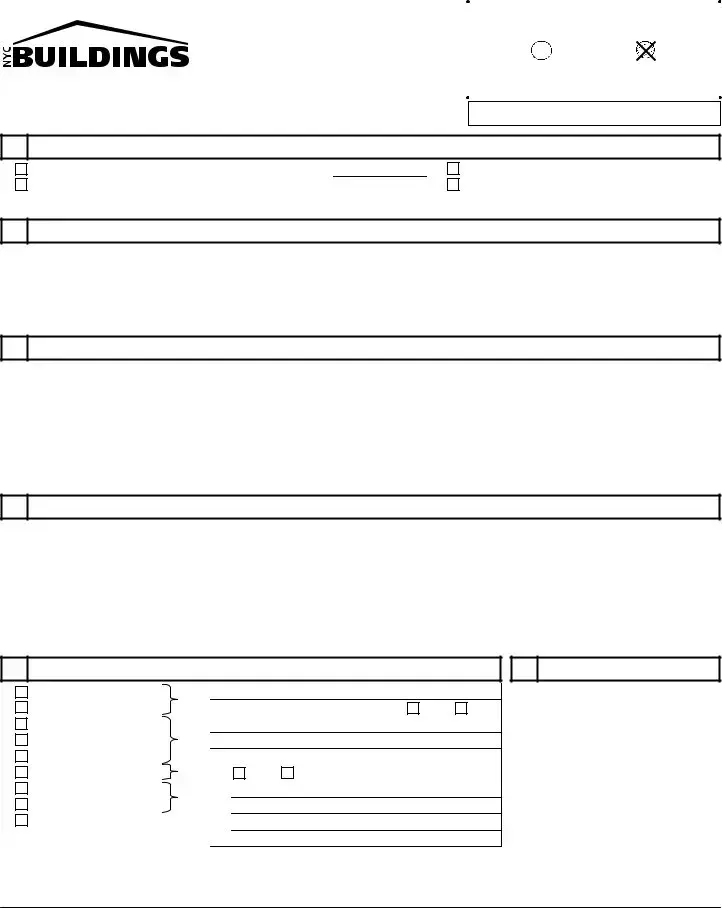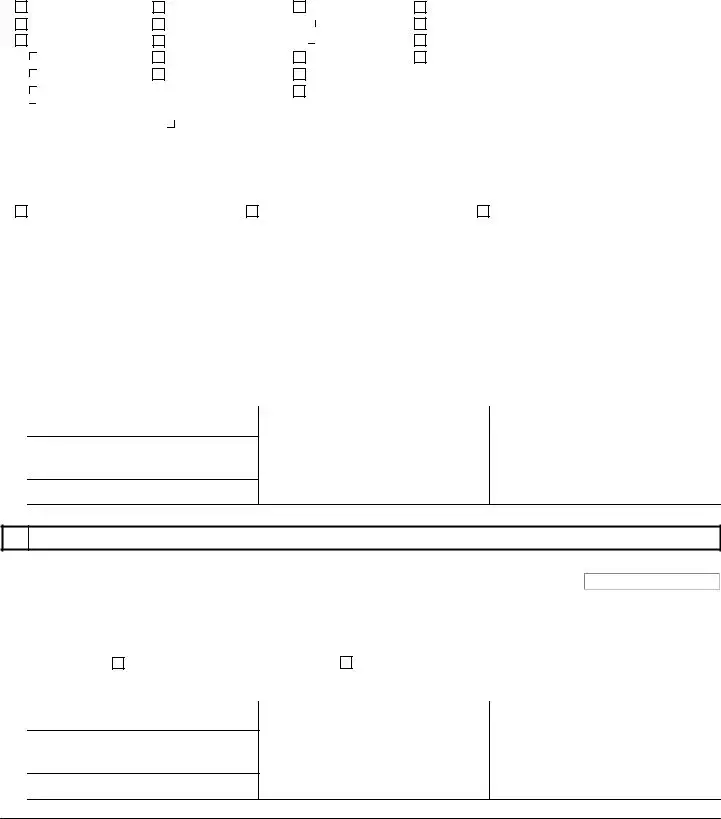The PW2 Work Permit Application is quite similar to a Building Permit Application used in other jurisdictions. Both require detailed information about the location of the proposed work, including house number, street name, and lot details. Additionally, they necessitate specifics about the type of work to be performed, underscoring the need for a clear understanding of the project scope by the authorities before approval.
Similar to the Occupational Safety and Health Administration (OSHA) Permit-to-Work, the PW2 form requires details about safety measures, particularly in section 10 concerning the Construction Superintendent or Site Safety Manager. This parallel underscores the priority of workplace safety in construction and renovation projects, ensuring on-site hazards are managed and regulatory compliance is maintained.
The Contractor Registration Form shares similarities with the PW2 in its collection of contractor information. Both require thorough contact details, business information, and proof of eligibility to undertake the work specified. This ensures that only qualified and verified professionals are allowed to execute construction or renovation projects, maintaining high standards within the industry.
Insurance Verification Forms are mirrored in section 6 of the PW2, where proof of worker's compensation, liability, and disability insurance is necessary for permit issuance. This component emphasizes the importance of financial responsibility and risk management in construction projects, protecting workers, clients, and contractors alike.
Environmental Impact Assessment forms align with the PW2 in terms of requiring project details to evaluate its environmental implications. Although the PW2 is more focused on the construction aspects, both necessitate a thorough review to ensure the project complies with environmental protection standards and regulations.
Homeowner Association (HOA) Approval Forms share the requirement for detailed project description and homeowner information, akin to the PW2. These forms ensure that any work complies with neighborhood standards and regulations, maintaining the aesthetic and structural integrity of community spaces.
The Change Order Form found in many contractual agreements resembles the renewal permit with changes section of the PW2. It necessitates detailed descriptions of any alterations from the original plan, ensuring all parties are aware of and agree to the modifications before they are implemented.
Construction Schedule Documents, while not identical in nature to the PW2, share its emphasis on planning details, specifically the expected work start date. This attention to scheduling ensures projects are completed in a timely manner and helps in coordinating various aspects of construction management.
The Notice of Commencement form, required before starting work on certain projects, parallels the PW2's requirement for an initial application before beginning any work. Both documents serve as official notifications to relevant parties that a project is about to start, highlighting the importance of transparency in construction operations.
Last but not least, the Site Safety Plan requirement echoes in section 9 of the PW2, which mentions compliance with the NYC Noise Code and the necessity for a Construction Mitigation Plan. This reflects both documents' focus on ensuring safety and minimizing negative impacts on the surrounding environment and the public.

 Liability Insurance
Liability Insurance  Workman’s Compensation Insurance
Workman’s Compensation Insurance  Disability Insurance
Disability Insurance